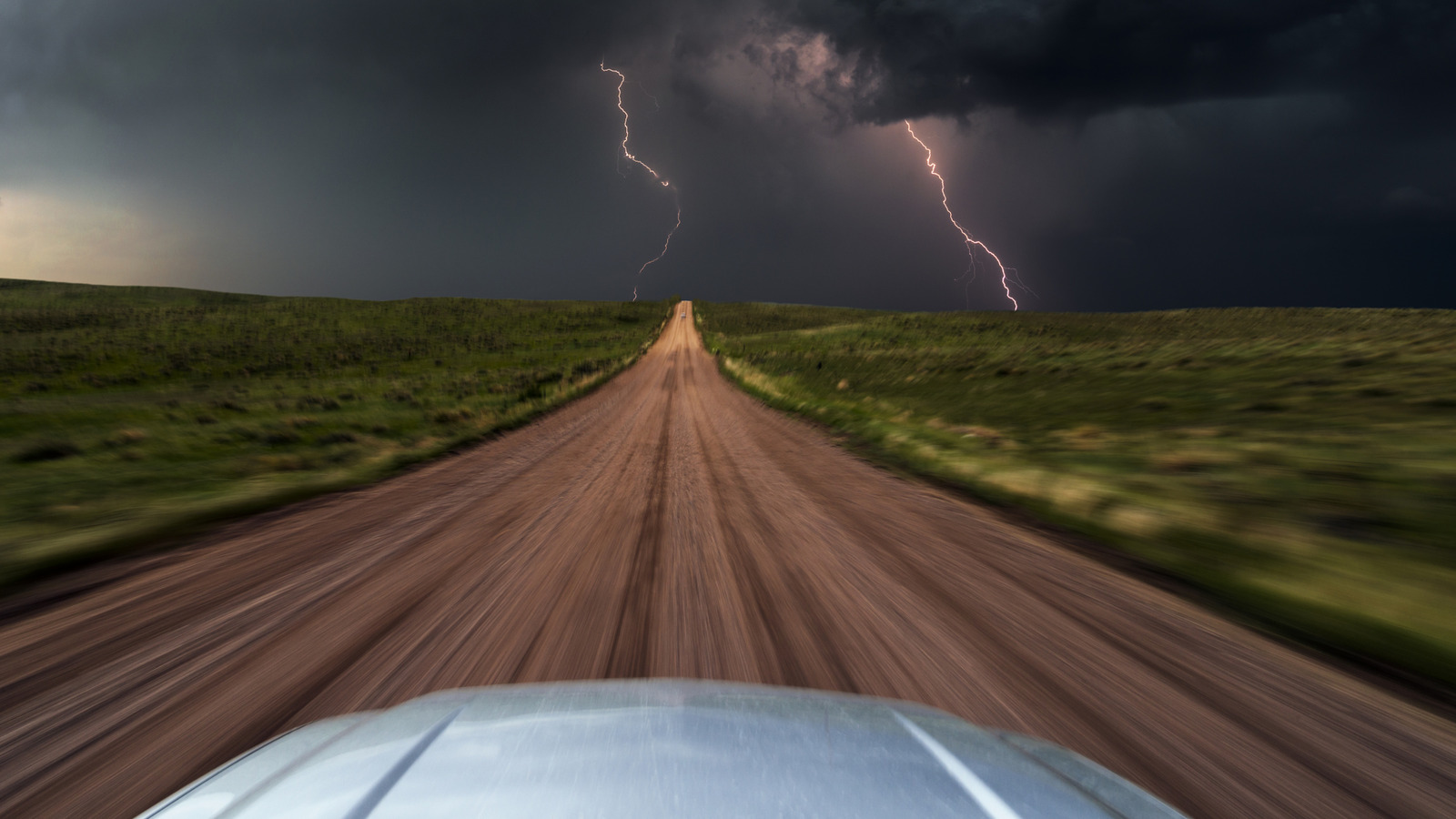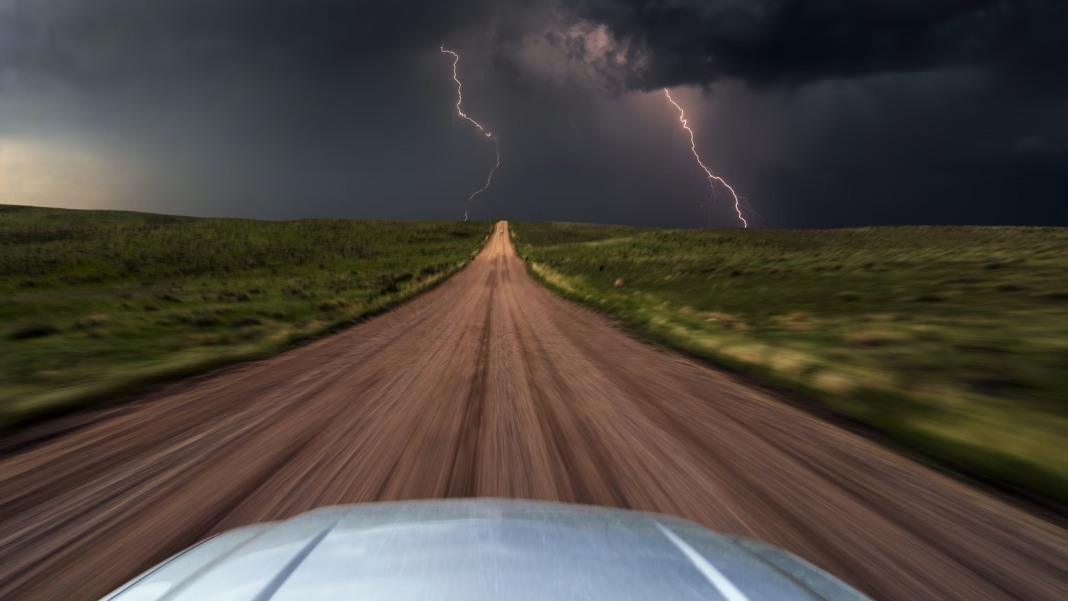Understanding Lightning Strikes: Is Your Car a Safe Shelter?
Every year, the United States experiences millions of lightning strikes, with an average of 25 million strikes recorded annually. This natural phenomenon raises an important question: if you find yourself caught in a storm, is your car a safe place to seek shelter? The answer is multifaceted and warrants a closer examination.
How Lightning Affects Vehicles
When lightning strikes a vehicle, the metal frame acts as a Faraday cage, directing the electrical charge around the exterior and protecting the occupants inside. This principle is grounded in physics, where the conductive properties of metal create a shield against electrical currents. According to the National Weather Service, being inside a car during a lightning storm is generally safer than being outside, provided certain precautions are taken.
However, this doesn’t mean that cars are completely immune to lightning strikes. The electrical system of a vehicle can be damaged, and there is a risk of secondary effects, such as fires or shrapnel from exploded tires. In rare cases, occupants may still experience injuries from the electromagnetic pulse generated by the strike, although these instances are exceedingly uncommon.
What to Do During a Lightning Storm
If you find yourself in a vehicle during a thunderstorm, there are several steps you can take to maximize your safety:
1. **Pull Over Safely**: If conditions allow, pull over to the side of the road and stop your vehicle. Avoid parking under trees or near tall structures, as these can attract lightning.
2. **Keep Windows Up**: Close all windows and avoid touching metal surfaces inside the vehicle. This minimizes the risk of electrical shock.
3. **Stay Inside**: Remain in the vehicle until the storm passes. It’s essential to wait until you are certain the danger has subsided before exiting.
4. **Avoid Using Electronics**: Refrain from using electronic devices that are plugged into the car’s power system, as these can create a pathway for electrical surges.
Real-Life Incidents and Statistics
While the likelihood of being struck by lightning while inside a car is low, it’s not unheard of. According to the National Oceanic and Atmospheric Administration (NOAA), approximately 20 people are killed by lightning strikes each year in the U.S., with many more suffering injuries. However, the vast majority of these incidents occur outdoors, where individuals are exposed to the elements.
A notable case occurred in 2014 when a family in Florida experienced a lightning strike while inside their vehicle. While the car sustained damage, the occupants were unharmed, illustrating the protective qualities of a vehicle during such events.
The Role of Vehicle Design
Modern vehicles are designed with safety in mind, including features that enhance protection during lightning storms. The metal bodywork and frame provide a conductive path for the electrical charge, while the rubber tires offer some insulation from the ground. However, it’s essential to recognize that not all vehicles are created equal. Older cars or those with significant electrical modifications may not provide the same level of protection.
Furthermore, the increasing prevalence of electric and hybrid vehicles introduces new considerations. While these cars still possess metal frames, their complex electrical systems may behave differently during a lightning strike. As such, ongoing research into the safety of these vehicles in extreme weather conditions is crucial.
Conclusion: Prioritize Safety in Storms
While your car can serve as a relatively safe haven during a lightning storm, it’s vital to remain vigilant and informed. Understanding the mechanics of lightning strikes and the protective features of your vehicle can help you make better decisions when faced with severe weather. Always prioritize safety by seeking shelter in a sturdy building whenever possible, and stay updated on weather alerts to minimize risk.
In summary, while your car offers a degree of protection from lightning, it’s essential to approach storm safety with caution and awareness. By following best practices and staying informed, you can navigate stormy weather with greater confidence.


